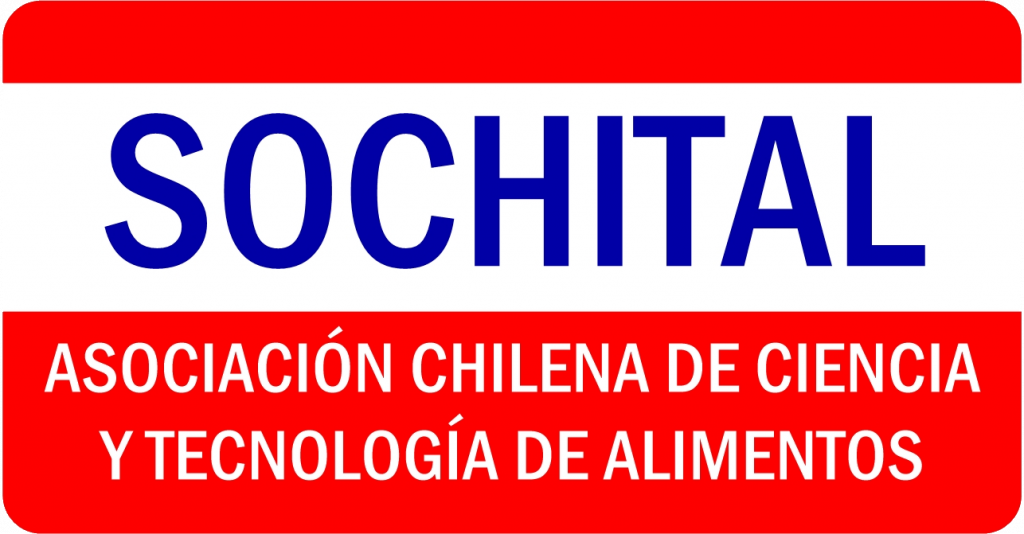The cowboy is far more than a historical figure of 19th-century America—he embodies a mythos woven from rugged survival, symbolic clarity, and timeless motion. His image, defined by glare and speed, transcends utility to become a universal archetype of resilience and freedom. This article explores how physical elements like silver dollars and wide-brim hats, alongside cultural narratives of movement and endurance, shaped and sustain the cowboy’s mythic presence—from frontier boomtowns to modern brand identity.
Origins of the Cowboy Archetype in 19th-Century America
The cowboy emerged during America’s westward expansion, rooted in the labor of ranch hands, cattle drivers, and trail workers. By the mid-1800s, the archetype solidified as both economic necessity and cultural symbol. Cowboys were not merely ranch workers; they were pioneers navigating vast, unforgiving landscapes where glare and speed dictated survival. Their presence became central to the frontier myth—an idealized figure of self-reliance and unyielding presence. Like the silver dollars minted at 90% purity, which balanced durability and reflectivity, the cowboy’s identity blended practicality with symbolic weight.
Glare and Speed: Symbolic Pillars of Frontier Identity
Two defining traits—glare and speed—anchored the cowboy’s mythic status. Glare, both literal and metaphorical, symbolized clarity amid harsh desert light and the unflinching resolve required in frontier life. Speed, literal in cattle drives and metaphorical in narratives of transformation, embodied freedom and danger alike. This duality mirrors the reflective shimmer of silver coins under intense sun—durable yet radiant. The cowboy’s motion cut through vast, sun-scorched plains, turning movement into myth. As a 0 to 10,000-resident boomtown like Bodie, California, rose and fell in months, so too did the cowboy’s role evolve—ephemeral yet enduring.
Urban Transformation: From Ghost Towns to Mythic Speed
The rise of gold rush towns offers a striking parallel to the cowboy’s journey. Boomtowns emerged overnight, driven by fleeting fortune, then vanished with the same swiftness. The cowboy, however, endured beyond transient settlements. His speed was not just physical—crossing deserts and managing herds—but symbolic: a rhythm of resilience. This mirrors how silver dollars retained value not just through metal, but through cultural memory. Speed became a narrative force, shaping stories of transformation and endurance.
Protective Design: The Cowboy Hat as Glare Shield
The cowboy hat’s wide brim is a masterclass in functional design. With 360° sun coverage, it shielded the face from relentless glare—much like silver coins deflected harsh desert light. Evolving from practical headgear to cultural icon, the hat embodies form following function in extreme environments. Its shape and material reflect a deep understanding of environment and identity, much like the 90% silver dollars designed not only for trade but for durability under sun and time.
The Cowboy as Archetype: Glare and Speed in Western Mythos
At core, the cowboy is a living archetype—glare a metaphor for clarity, endurance, and unyielding presence; speed a narrative engine symbolizing freedom, danger, and transformation. This duality sustains the myth beyond history. Like silver dollars that outlasted their minting, the cowboy’s image persists, reshaped but unbroken. His glare cuts through illusion; his speed carries stories forward.
Modern Resonance: Le Cowboy Beyond the Frontier
Today, Le Cowboy lives on not just in stories but in brand identity and media—*LE COWBOY SLOT* at https://lecowboy.uk exemplifies how glare and speed anchor modern myth. The visual of a wide-brimmed silhouette evokes both historical truth and symbolic strength. Glare and speed remain powerful shorthand for Western legacy, embedding myth into daily experience. Repetition—symbolic, material, and narrative—ensures the cowboy’s myth endures.
Table: Key Traits of the Cowboy Myth
| Trait | Description |
|---|---|
| Glare | Metaphor for clarity, endurance, and unflinching presence in harsh environments |
| Speed | Physical motion and narrative force symbolizing freedom, danger, and transformation |
| Material Symbolism | Silver dollars’ 90% purity offered durability and reflective shine, mirroring cowboy hats’ sun-shielding brims |
| Urban Transformation | From transient boomtowns to enduring cultural icon, embodying resilience across shifting landscapes |
George Orwell once wrote: “The cowboy is the archetype of the man who is not tied to place but moves with purpose.” This captures the essence—glare and speed are not just traits, but expressions of a mythic freedom.
In material form—silver dollars and wide-brim hats—and in narrative form—cattle drives and digital slots—Le Cowboy endures. The glare he wore was both literal and symbolic; his speed, both physical and metaphysical. Through repetition, reflection, and reinvention, the myth remains alive, not as a relic, but as a living archetype shaping how we see resilience, motion, and meaning.



Deja un comentario